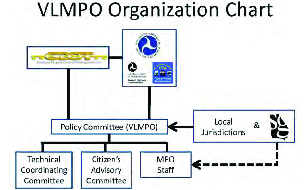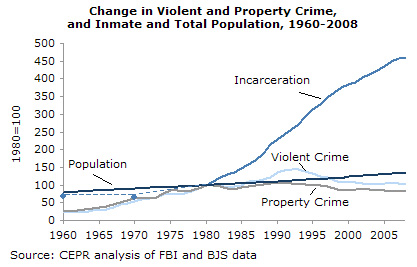 A local planning organization that studies advertises frequent meetings
for input and studies facebook usage data to see what people care about?
That’s the Valdosta-Lowndes Metropolitan Planning Organization (VLMPO),
which holds frequent and repeated hearings on major projects.
Next week it’s having its regular
Policy Committee Meeting
1:30PM to 4:30 PM, Tuesday 11 Jan 2010,
at the SGRC office at 327 West Savannah Ave., Valdosta.
You can see what they’re up to
about traffic congestion, busses, trains, bicycles, Moody access, conservation, or other issues,
and voice your concerns.
Continue reading
A local planning organization that studies advertises frequent meetings
for input and studies facebook usage data to see what people care about?
That’s the Valdosta-Lowndes Metropolitan Planning Organization (VLMPO),
which holds frequent and repeated hearings on major projects.
Next week it’s having its regular
Policy Committee Meeting
1:30PM to 4:30 PM, Tuesday 11 Jan 2010,
at the SGRC office at 327 West Savannah Ave., Valdosta.
You can see what they’re up to
about traffic congestion, busses, trains, bicycles, Moody access, conservation, or other issues,
and voice your concerns.
Continue reading VLMPO Planning Meeting
 A local planning organization that studies advertises frequent meetings
for input and studies facebook usage data to see what people care about?
That’s the Valdosta-Lowndes Metropolitan Planning Organization (VLMPO),
which holds frequent and repeated hearings on major projects.
Next week it’s having its regular
Policy Committee Meeting
1:30PM to 4:30 PM, Tuesday 11 Jan 2010,
at the SGRC office at 327 West Savannah Ave., Valdosta.
You can see what they’re up to
about traffic congestion, busses, trains, bicycles, Moody access, conservation, or other issues,
and voice your concerns.
Continue reading
A local planning organization that studies advertises frequent meetings
for input and studies facebook usage data to see what people care about?
That’s the Valdosta-Lowndes Metropolitan Planning Organization (VLMPO),
which holds frequent and repeated hearings on major projects.
Next week it’s having its regular
Policy Committee Meeting
1:30PM to 4:30 PM, Tuesday 11 Jan 2010,
at the SGRC office at 327 West Savannah Ave., Valdosta.
You can see what they’re up to
about traffic congestion, busses, trains, bicycles, Moody access, conservation, or other issues,
and voice your concerns.
Continue reading 